The best protection filters for lenses: UV, skylight and clear filters for cameras
The best protection filters may have no optical effect at all – but it's cheaper to replace a cracked filter than a cracked lens!
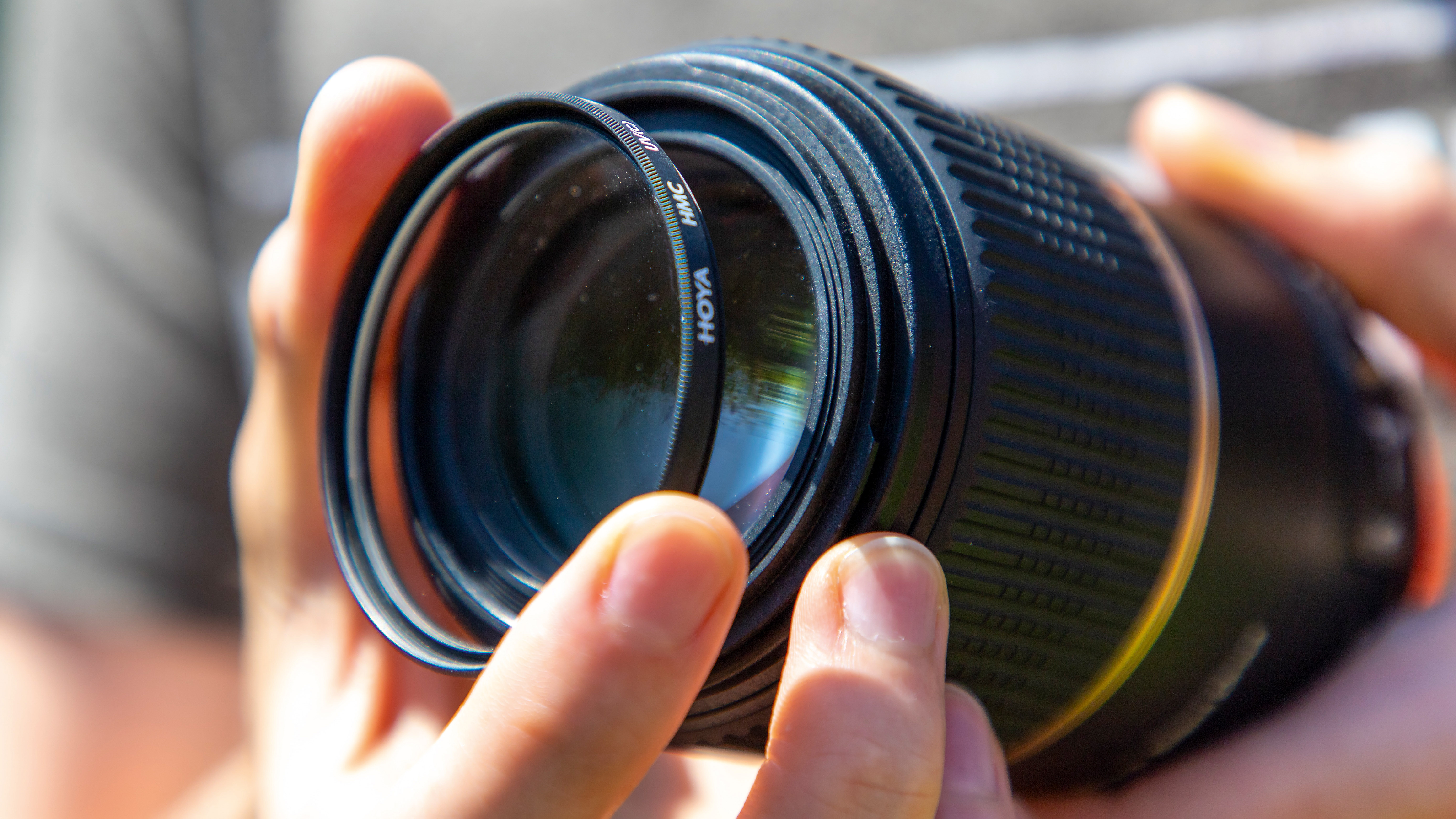
The best protection filters don't need to do anything at all except take the bangs, knocks, and scratches that might otherwise wreck a very expensive lens!
Simply put, they're one of the most affordable ways to give your lens an extra layer of protection from damage. Lenses are precious, fragile, and often expensive – and if something has to get cracked against the ground, wouldn't you rather it was a $20 filter than the front element of a $1,000 lens?
Protective filters can serve other purposes too. Some are simply clear pieces of glass that have no other function, but you can also get a UV filter, which is designed to block out unwanted ultraviolet light to reduce the level of haze in an image. This is something of a holdover from the days of film, and is considerably less necessary when using digital sensors, but can still come in handy and certainly doesn't hurt.
Another alternative is a skylight filter; these also date back to the film era and were originally used to warm up images with a pink, orange, or magenta color cast, to prevent them from coming out too blue. They're much less important in the era of custom white balance presets and RAW photo editing, but skylight filters can now make great protective filters.
You could also consider using one of the best polarizing filters as a protective filter, though this will cost more than a clear or UV filter.

Gavin has over 30 years of experience writing about photography and television. He is currently the editor of British Photographic Industry News, and previously served as editor of Which Digital Camera and deputy editor of Total Digital Photography.
The Quick List
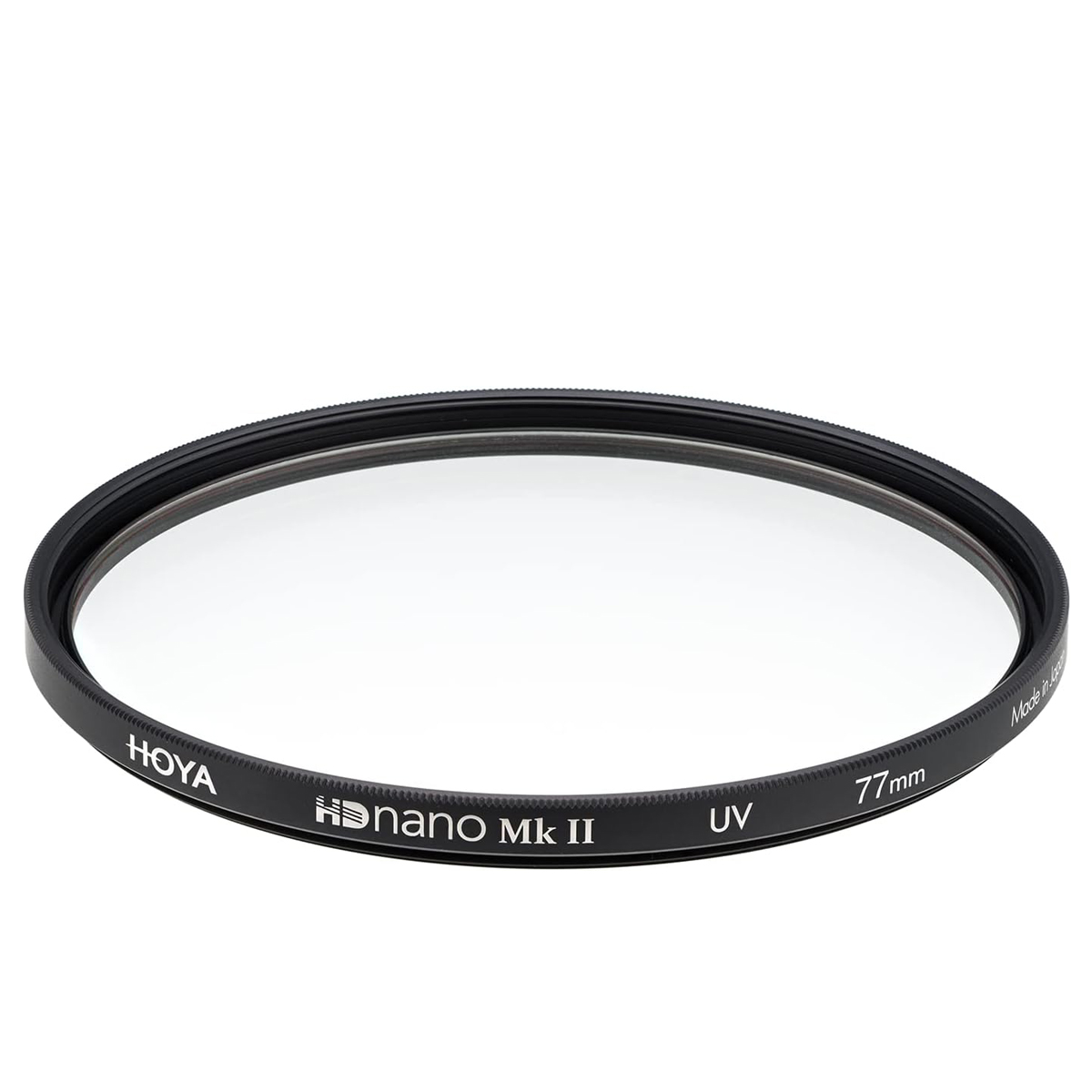
A highly effective UV-blocking filter that has the added bonus of shatter-resistant glass to protect the front of your lens against knocks. Read more below…
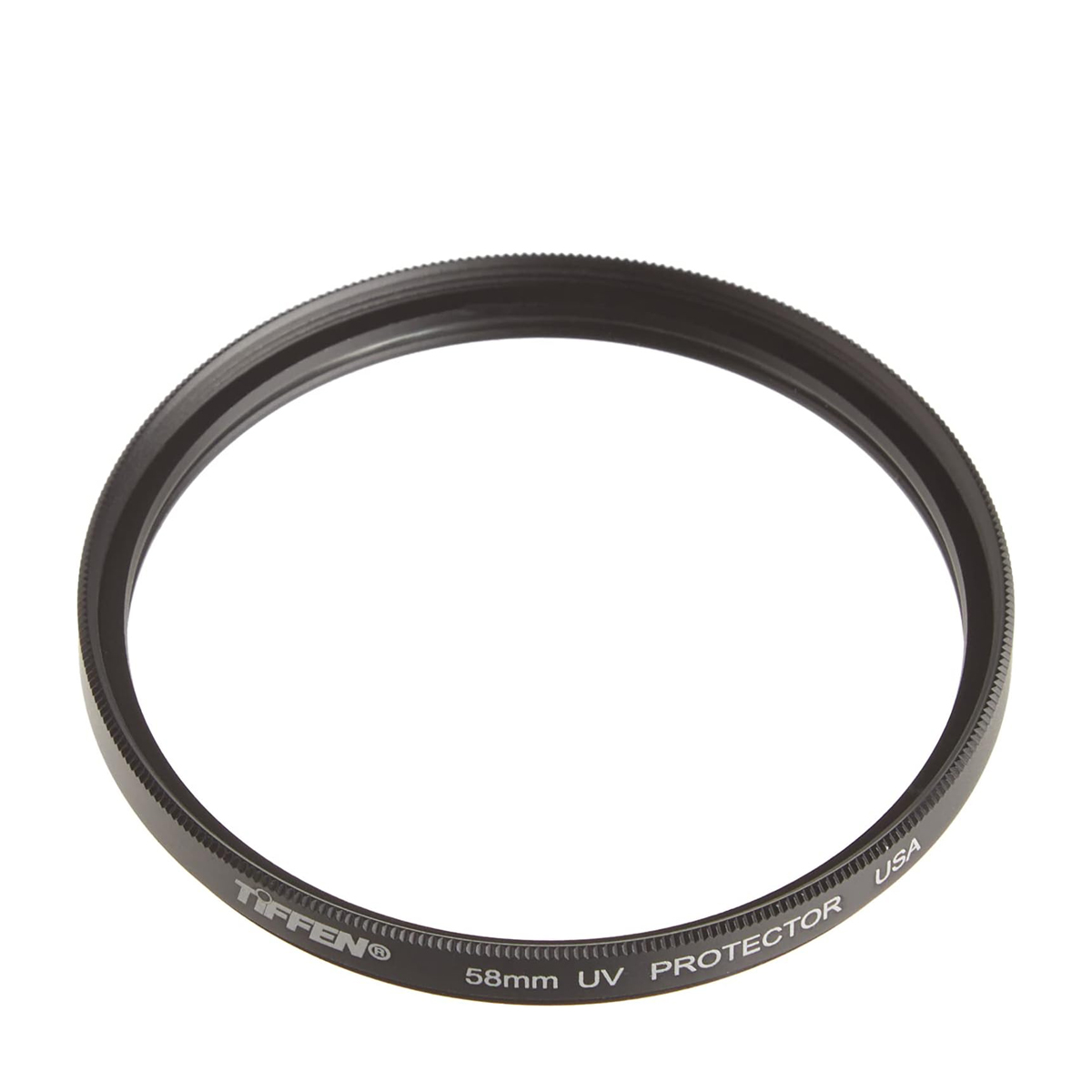
With a 10-year warranty, this filter combats ultraviolet light and reduces daylight color casts that can affect long-distance scenes. Read more below…
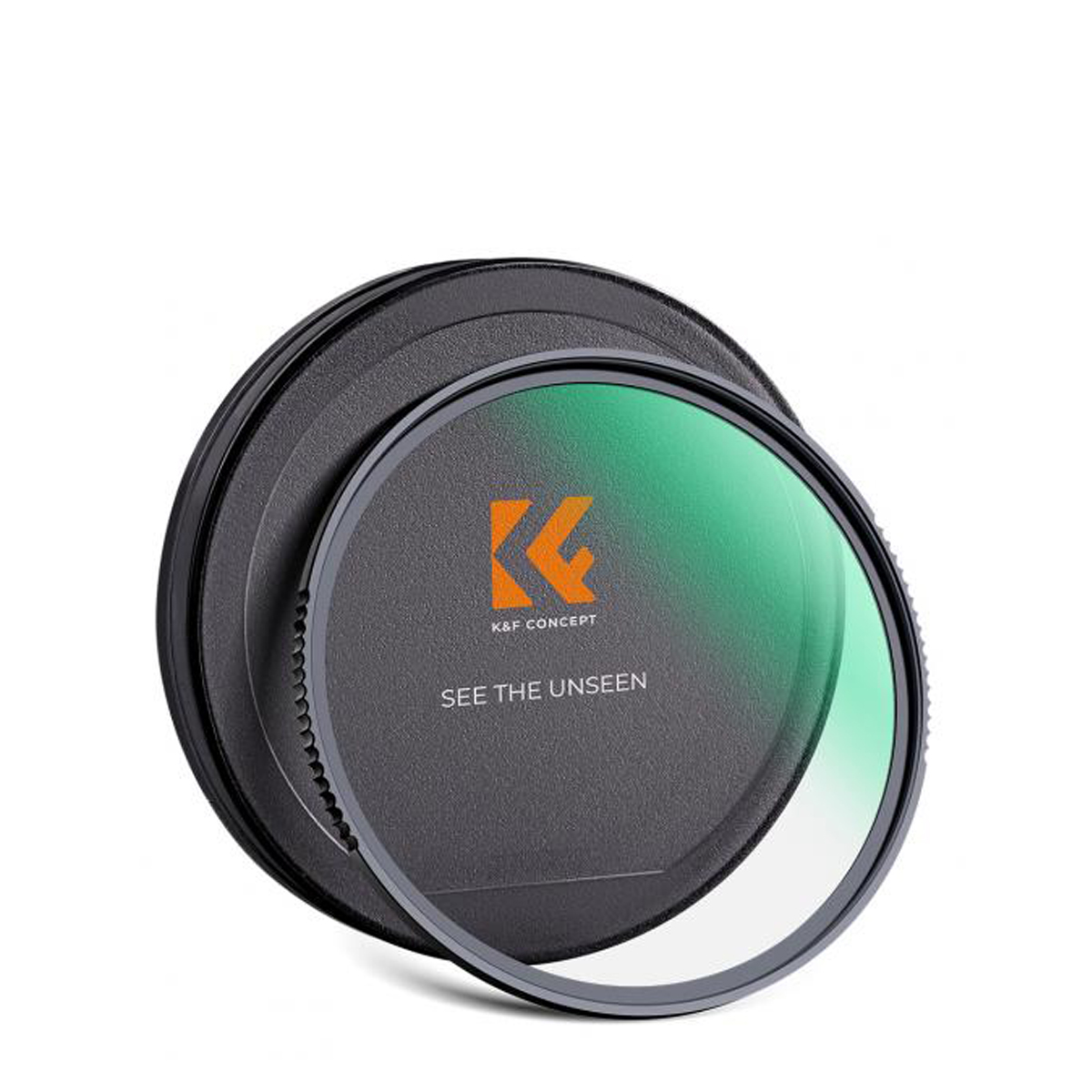
The quality build of this filter uses an aluminum frame and Japanese optical glass, plus no fewer than 28 layers of protective coatings. Read more below…

The selection of sizes reaches from 37 to 127mm, and the quality of the filter blocks UV rays while maintaining light transmission. Read more below…
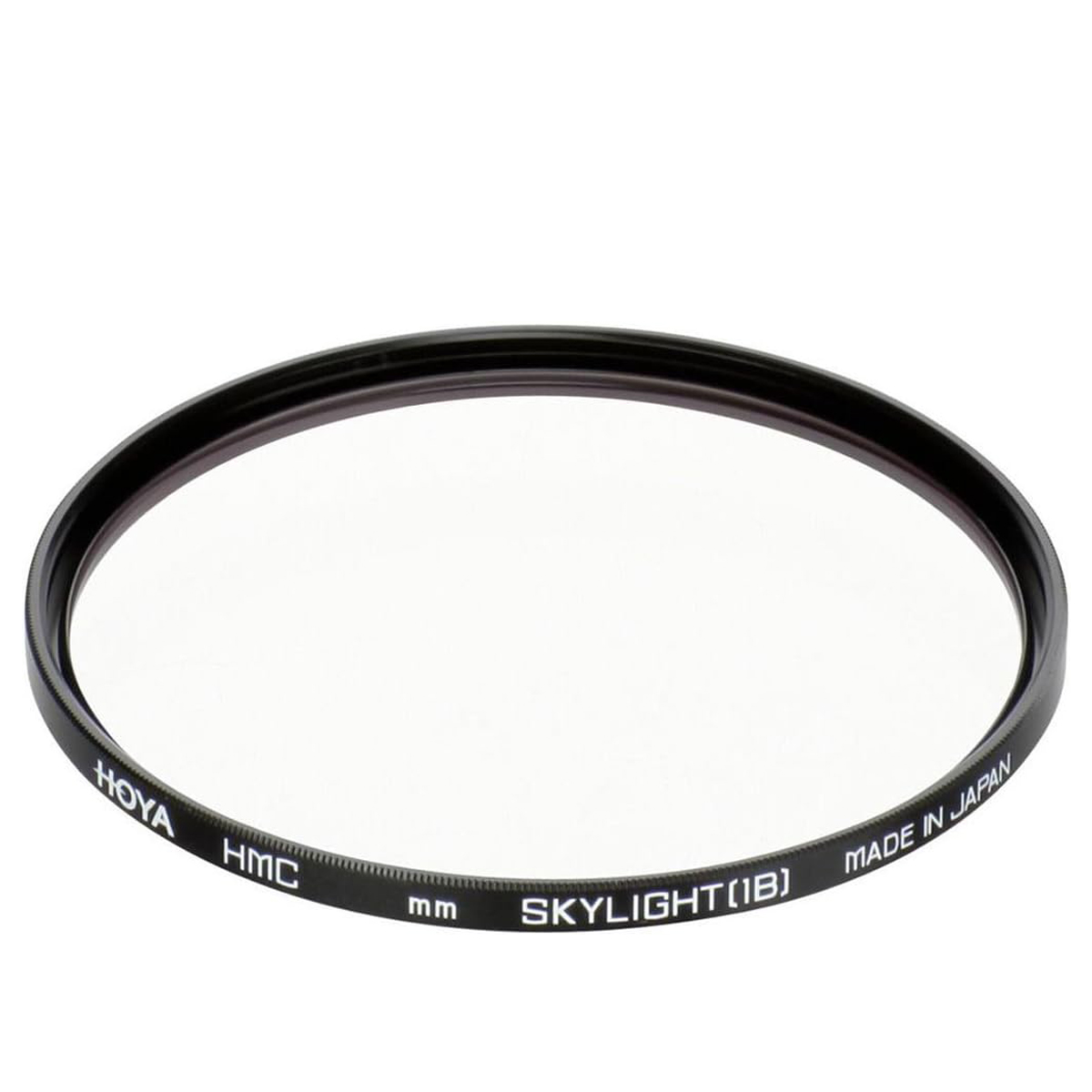
Owners of film cameras or older lenses could benefit from this filter, which reduces the amount of blue light in landscape and outdoor shots. Read more below…
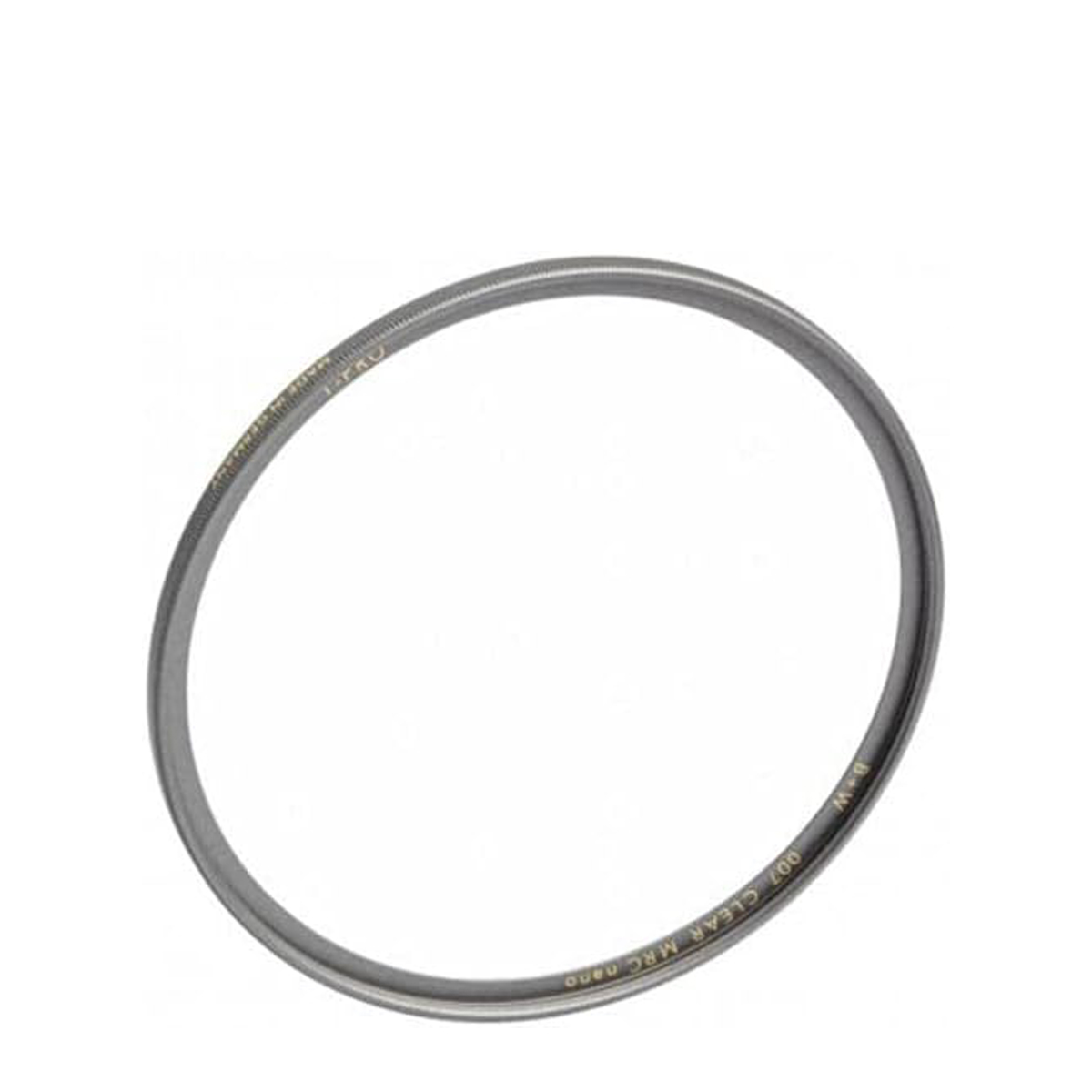
Using high-grade materials that include a brass frame and Schott optical glass, this offers protection while staying optically neutral. Read more below…
View the full list ⤵
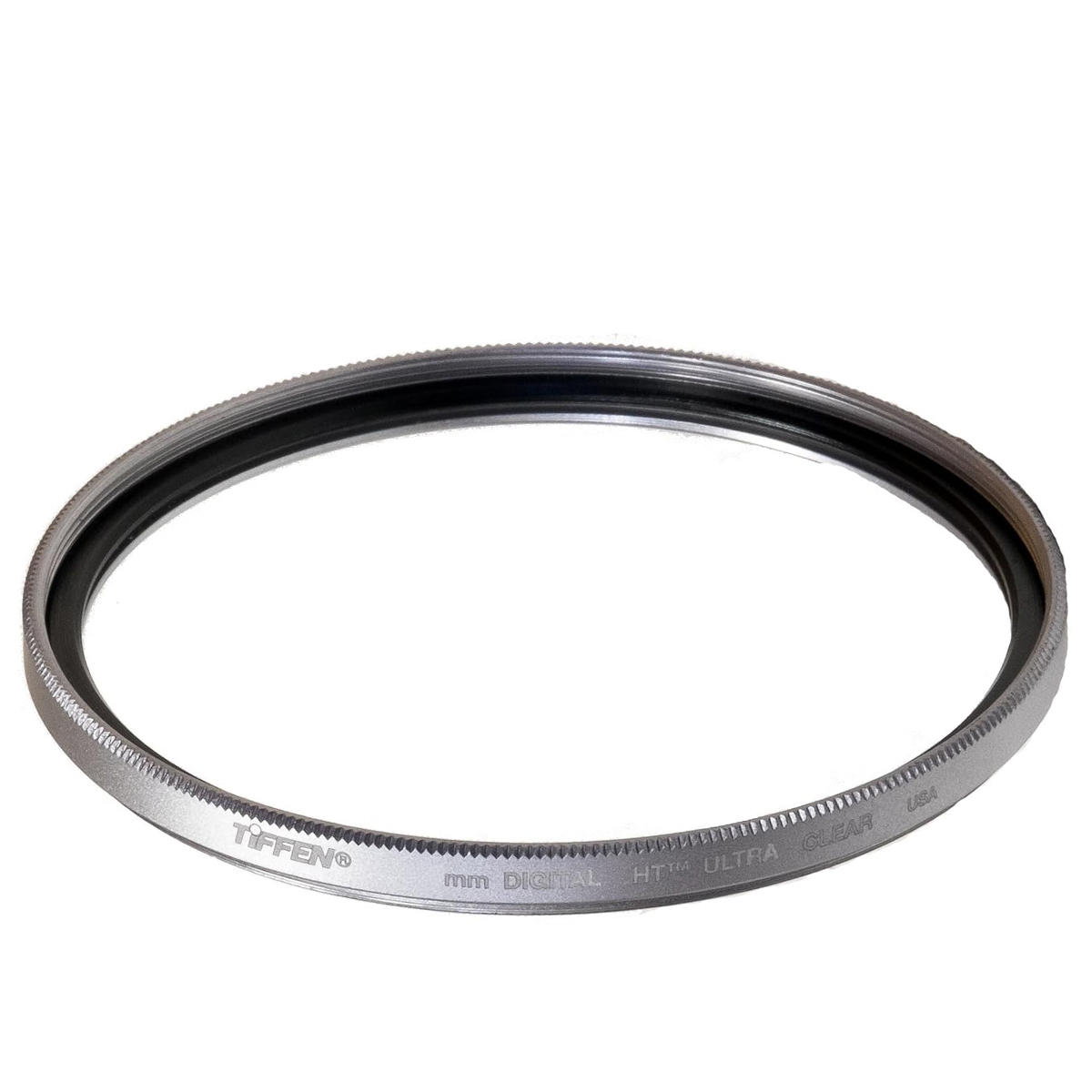
We were impressed by this clear flter’s ability to leave color and contrast untouched while offering durability and scratch protection. Read more below…
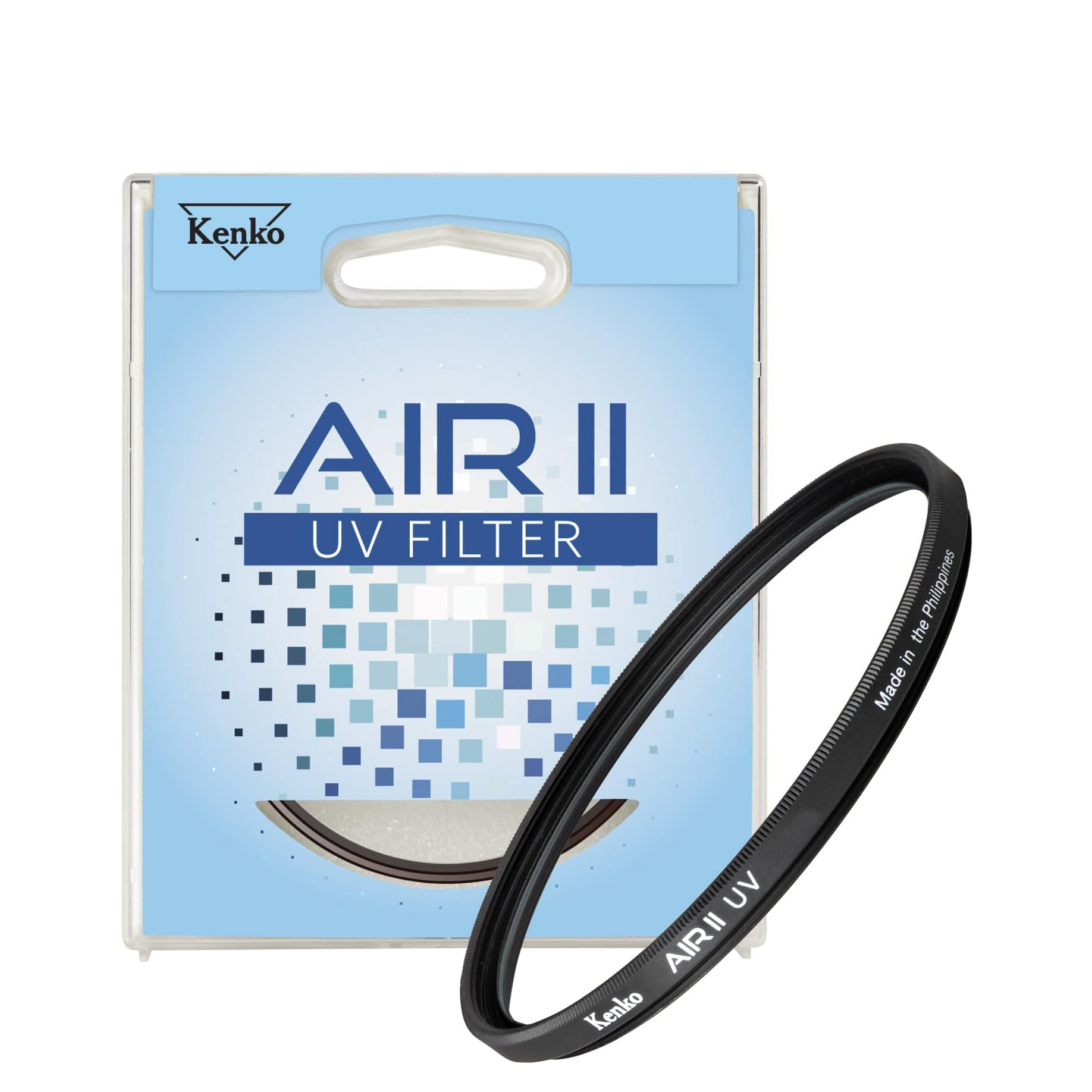
The Kenko AIR II UV might be one of the cheapest protection filters you are going to find from a well-known brand. It doesn't have the prestige of its Japanese filters, but does an adequate job of protecting the front of your lens.
Best protection filters
Why you can trust Digital Camera World
Best premium UV filter

Specifications
Reasons to buy
Reasons to avoid
If you own new or relatively modern lenses, the coatings applied to these lenses are generally sufficient to stop UV light compromising image quality. But there are still situations where the effect strong sunlight can generate haze and affect color balance.
This Hoya UV filter achieves the delicate balance of blocking UV light effectively for those cases when it’s needed, while not causing any additional ghosting or flare by its presence. Crucially, it’s also extremely strong, using shatter-resistant glass to stay intact even if it takes a significant enough blow to damage it.
As well appreciating its optical qualities during our testing, we also liked the knurled front edge to aid grip during fitting and removal.
Read more: Hoya HD nano Mk II UV review
Best budget UV filter
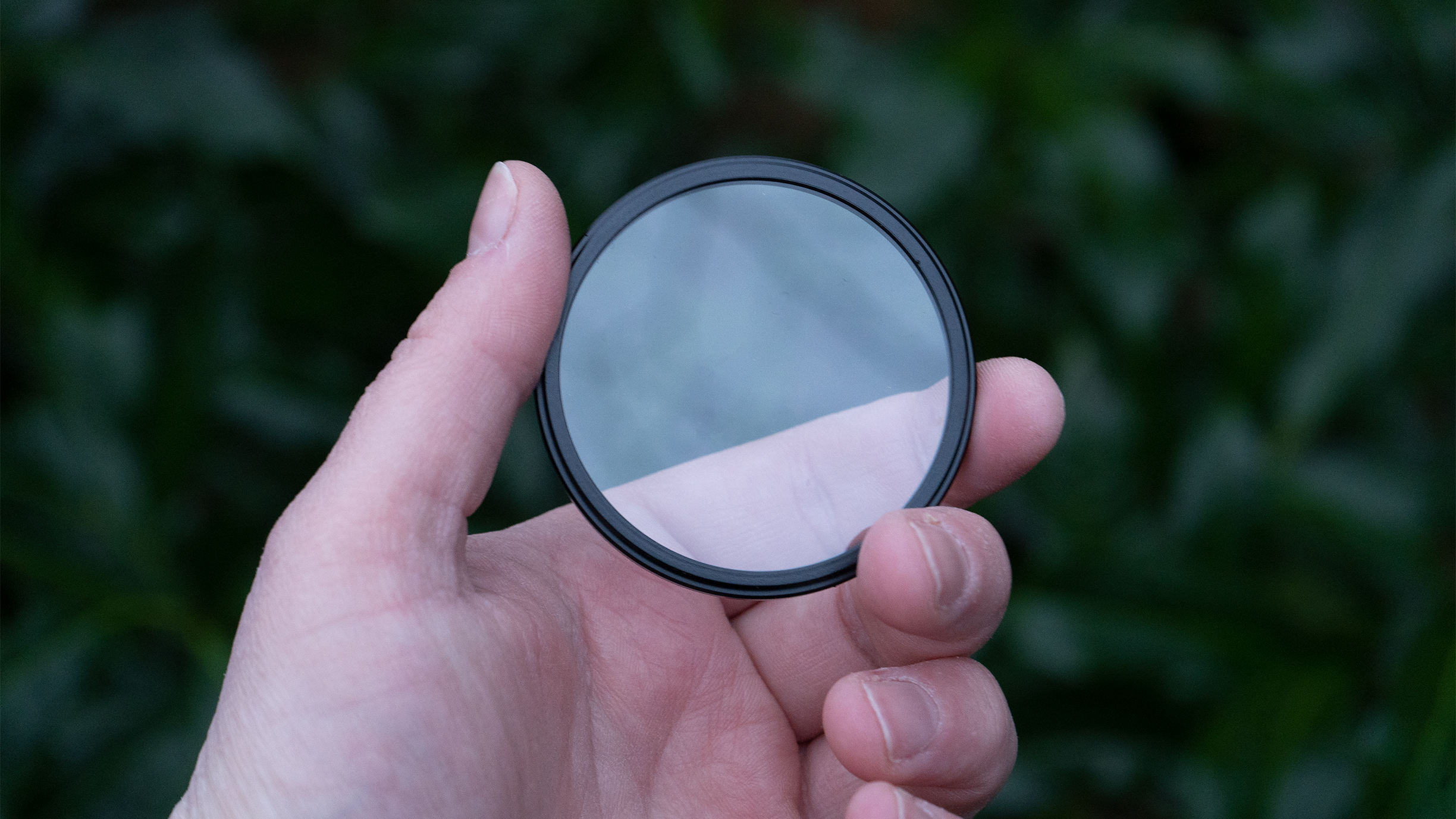
Specifications
Reasons to buy
A general means of protecting your lens from filter stalwart Tiffen, this one comes with a ten-year warranty and is designed to reduce the blue-ish cast of daylight, while helping to absorb ultraviolet light. Tiffen adds that this filter, in particular, is useful if you’re taking photographs at high altitudes or around bodies of water.
Another bonus is that since the filter features no additional coloration or contrast, this Tiffen option can be paired with other filters if so desired. It’s an inexpensive option that many may consider good value.
Read more: Tiffen UV Protector review
Best mid-price UV filter
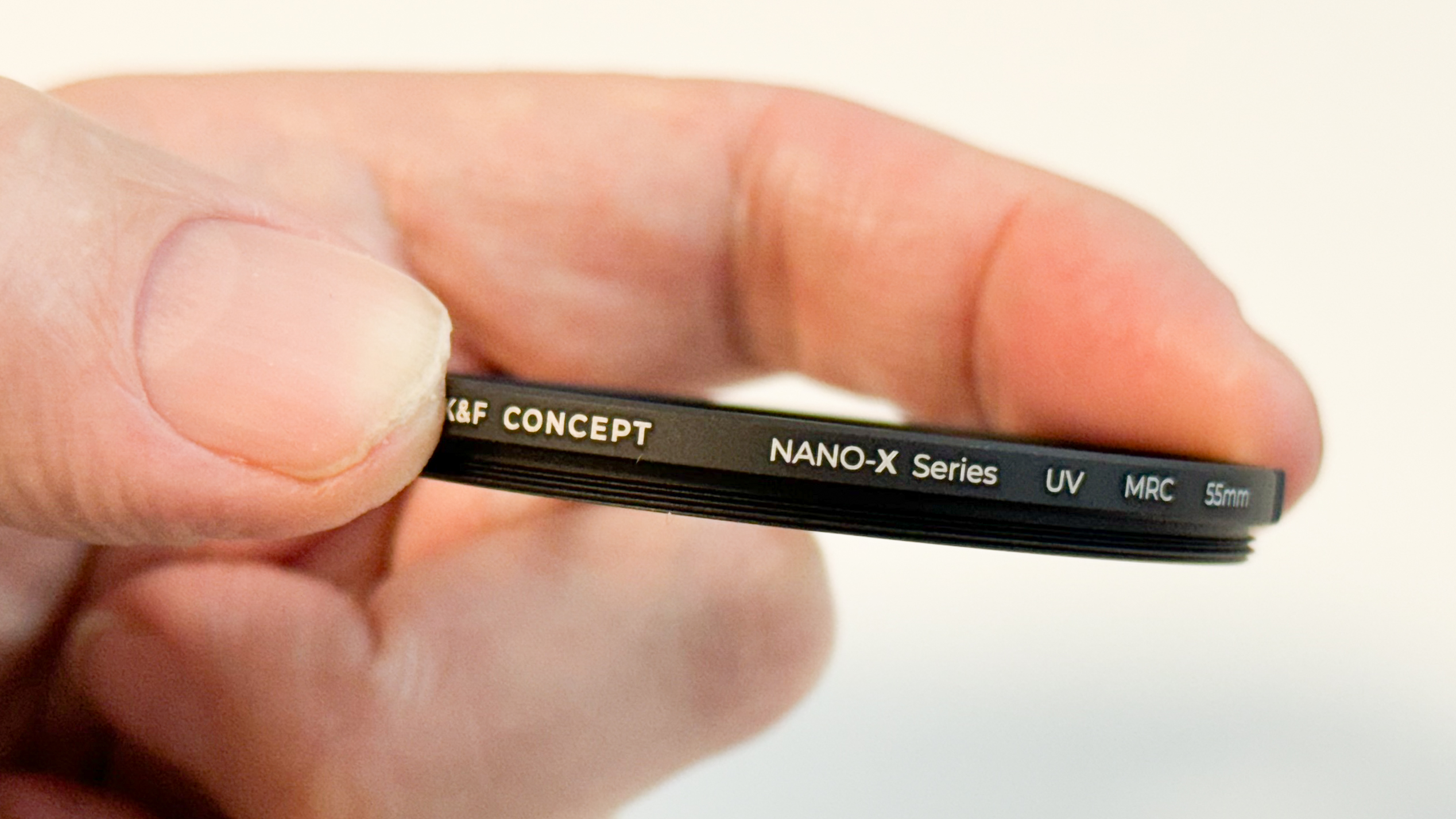
Specifications
Reasons to buy
Reasons to avoid
K&F manufactures a range of different UV filters, and the Nano-X is one of its premium options, using Japanese optical glass and an aluminum frame. Nano-X offers a 28-layer multicoating, which means this model can boast that it is scratch-resistant. This is a very affordable option, available in an impressive range of sizes right up to 112mm, that performed really well in our field tests
See our full K&F Concept Nano-X MCUV filter review
Best UV filter for choice of sizes
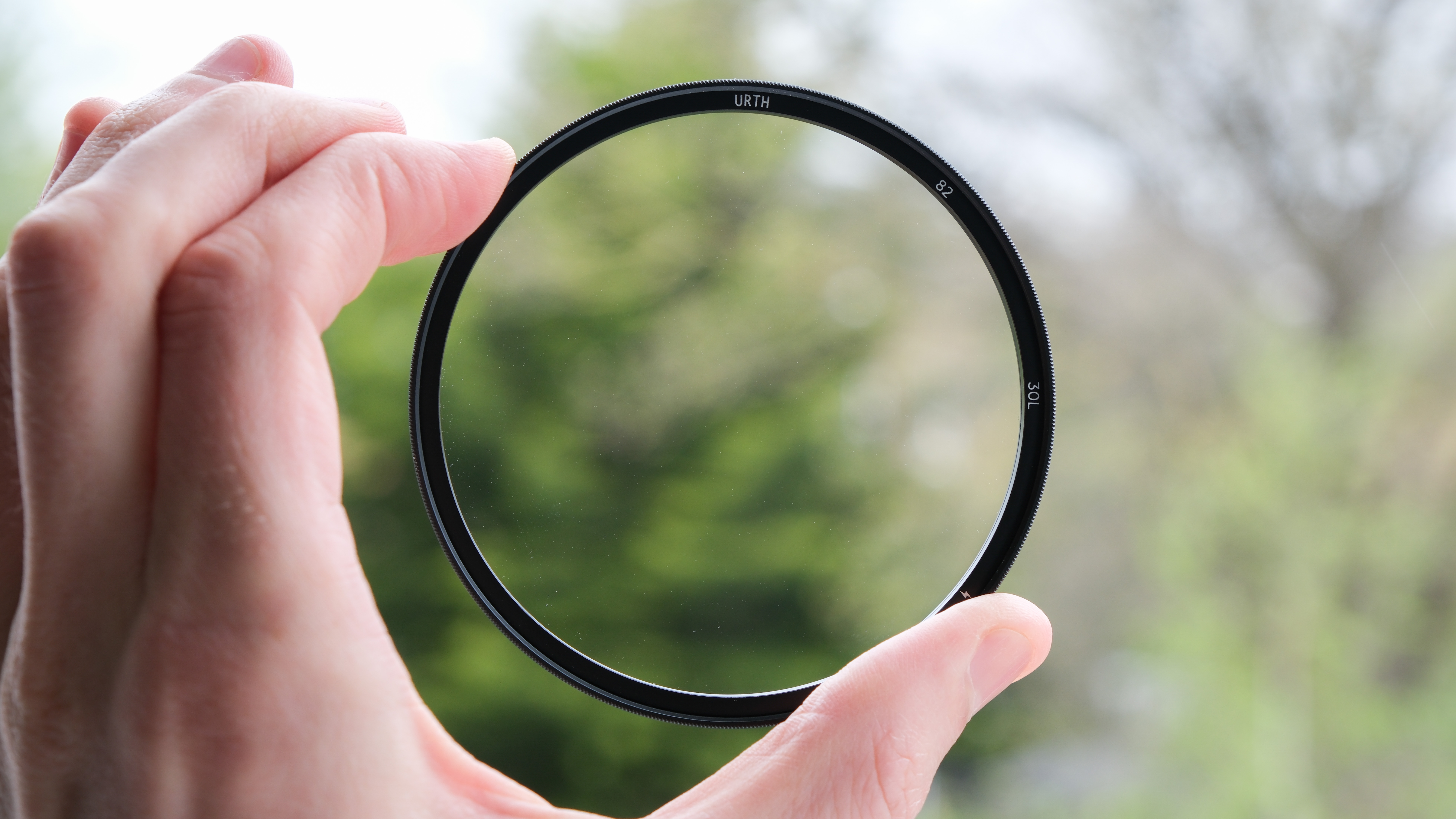
4. Urth UV Filter Plus+
Specifications
Reasons to buy
Reasons to avoid
While UV filters could be thought of as cheap, disposable items, at least one company is choosing to think of them from a more sustainable perspective. Urth makes a variety of premium, high-grade filters, and its protective UV filter is a great choice for those who want the UV component of the filter as much as the protective aspect of it.
The Urth UV Filter Plus+ is a premium product, capable of cutting out up to 99.6% of ultraviolet light. Its Schott B270 glass is protected by 30 layers of nano-coating, meaning it's easy to clean and is well protected against water, dirt and oils, while also providing top-notch light transmission. The size range, from 37mm to 127mm, also means you're all but guaranteed to find a size that fits your lens.
There is also an Urth Magnetic UV Plus+ filter - but we were not very impressed with this in our tests, as the magnetic attachment left the filter rattling, and there was a tendency for the filter to drop off.
Best skylight filter
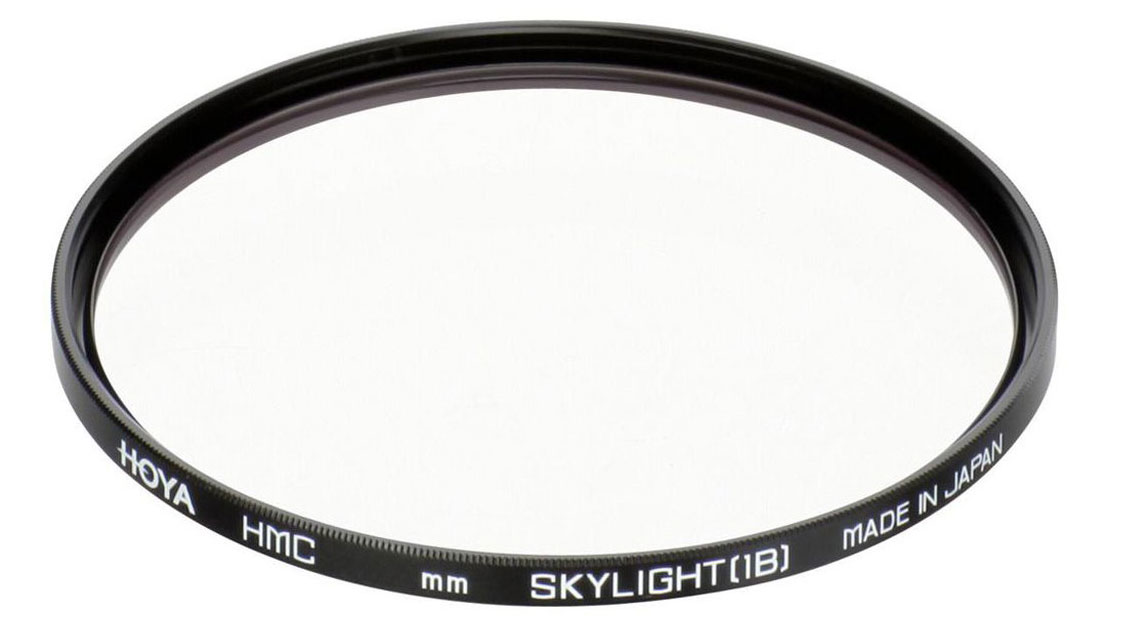
5. Hoya HMC Skylight 1B
Specifications
Reasons to buy
Reasons to avoid
This filter is available in a broad range of thread sizes, enabling you to maintain light transmission and suppress reflections while protecting precious and expensive lenses from dust, moisture, and scratches. Here we also get multi-coating to help protect against lens flare and ghosting, while Hoya claims it can reduce the excessive bluish-ness that can occur in outdoor color photography – especially with a clear blue sky.
Whether or not this warrants consideration if you’re shooting with a digital camera – as opposed to film – is up for debate, as we noted in our introduction, but at least here we have a ready-made and inexpensive disc to protect our expensive lenses into the bargain.
Best premium clear filter
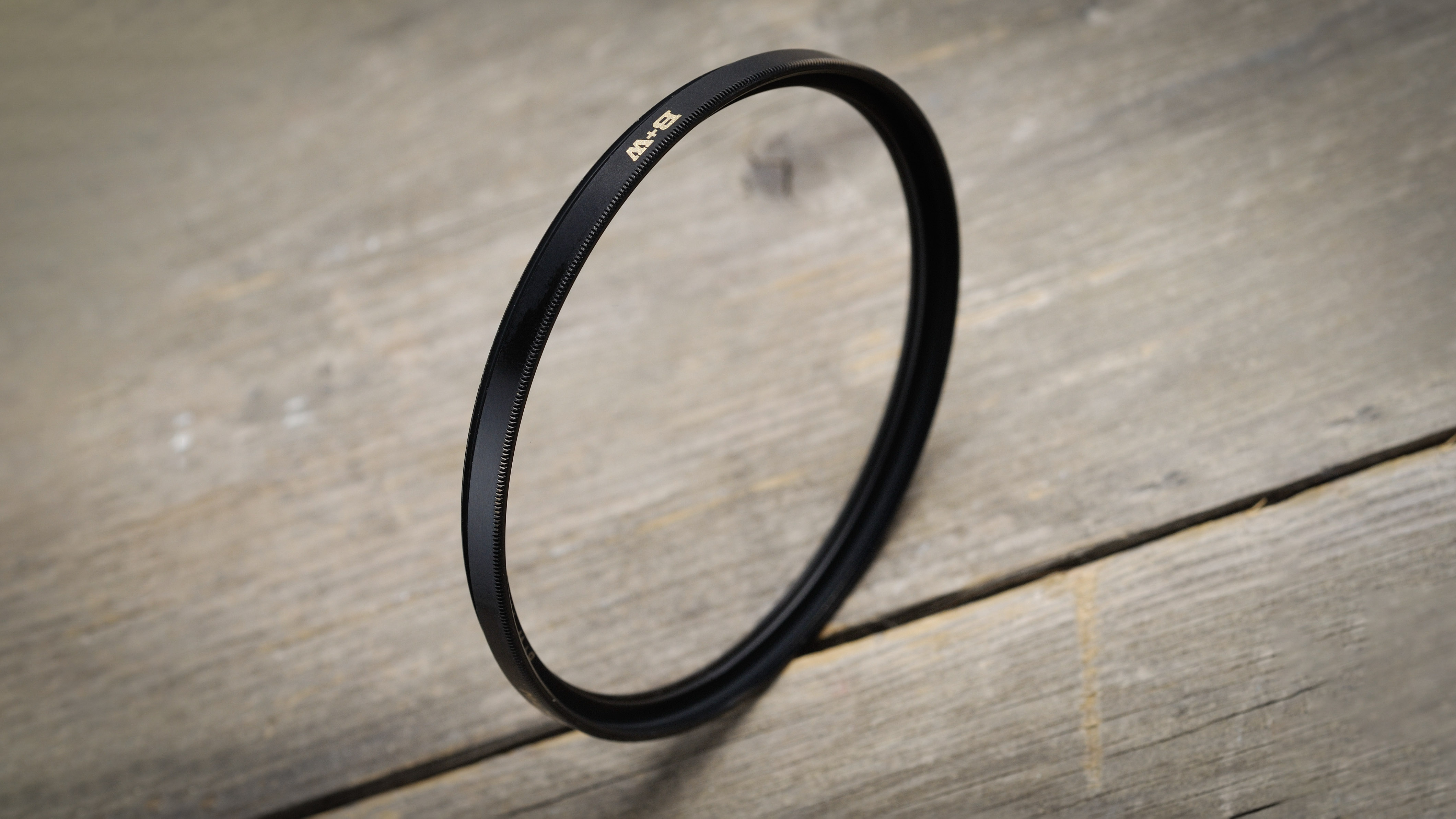
6. B+W MRC T-PRO Clear
Specifications
Reasons to buy
Reasons to avoid
B+W makes two different protection filters in its T-Pro range: this Clear version, which is optically neutral, and a UV-Haze option that can help you improve the clarity of some landscape images, by removing the blue cast on the horizon. The filters are made from brass and with Schott glass, promising great performance in the field. This is an established line of filters - and has an impressive range of sizes on offer, so can be a particularly useful option for XS and XXL filter mounts.
Best mid-price clear filter
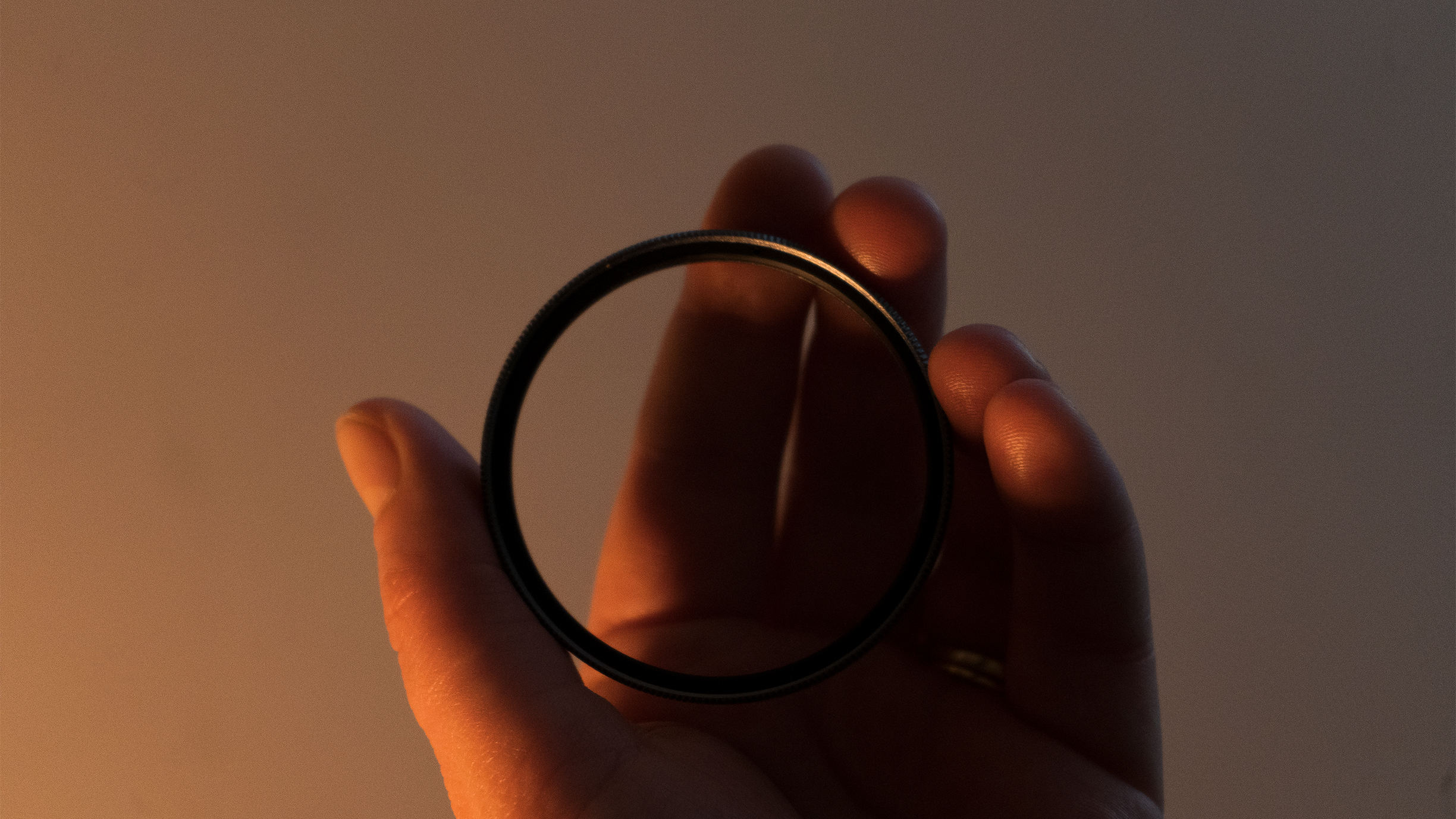
Specifications
Reasons to buy
Reasons to avoid
This precision-engineered filter uses high-quality materials, including a titanium frame and Water White glass. Multiple coatings are applied to increase strength and durability, with a 10-year warranty as reassurance. It’s also scratch-resistant and easy to clean.
Crucially, during our testing we were unable to detect any color cast or loss of contrast in the shots we took with the Digital HT Ultra Clear attached, even when we zoomed in to 100% in our image editor. We also appreciated the ability to attach other Tiffen filters, such as a polarizer.
Read more: Tiffen Digital HT Ultra Clear review
Best for a bargain
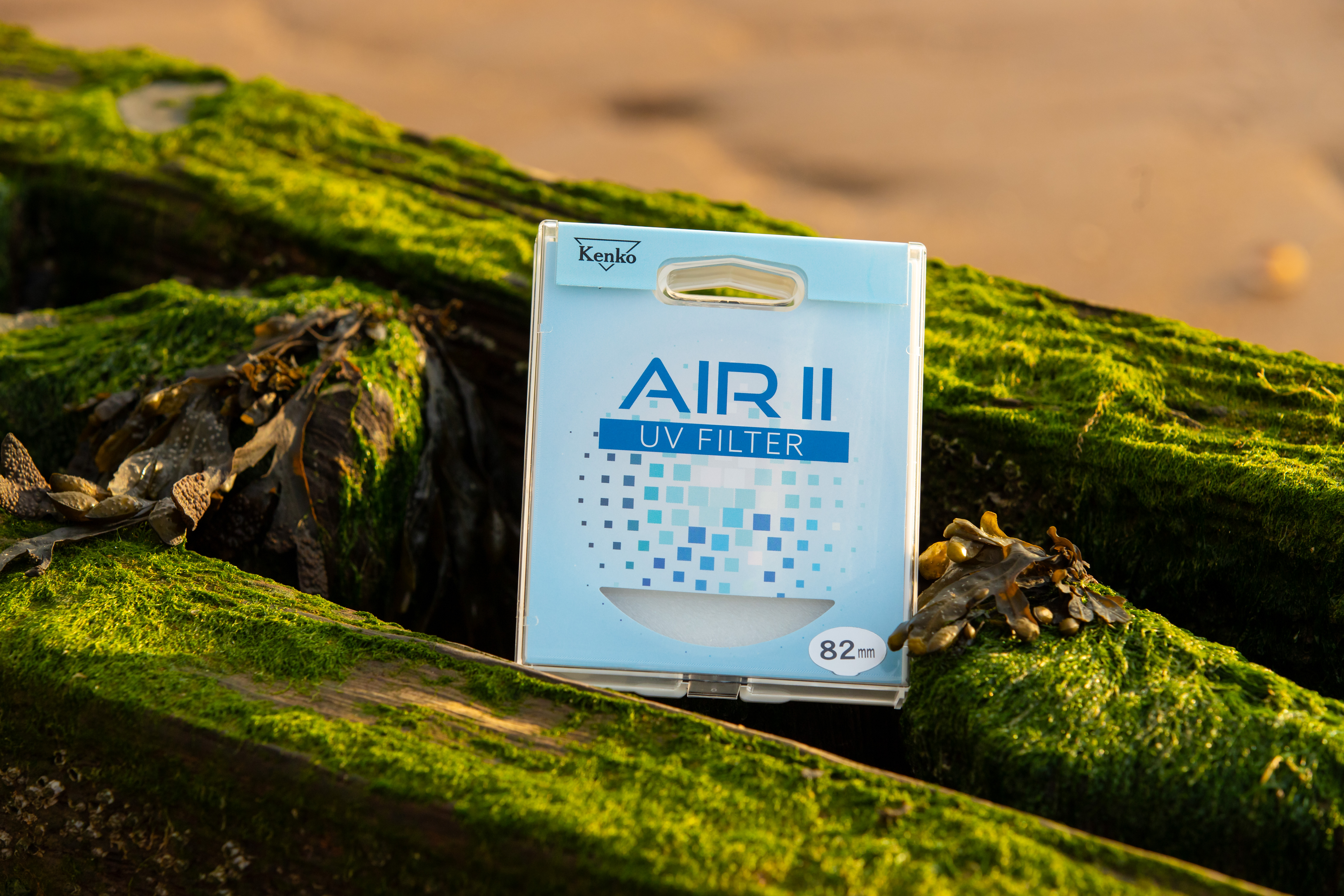
Specifications
Reasons to buy
Reasons to avoid
The Kenko AIR II is a UV filter that embodies simplicity and functionality. It doesn’t come with an array of fancy features, but it does its job well. We would have been thrilled to see it equipped with anti-reflective and water-repellent coatings, but given its incredibly affordable price point, we can’t really hold this against it.
When you purchase the Kenko AIR II, you’re getting exceptional value for your money. Our tests revealed that its image quality is quite impressive, and it offers substantial protection for your costly lenses without requiring a significant investment. This makes it an excellent choice for those who want to safeguard their equipment without breaking the bank.
If the presence of anti-reflective and water-repellent coatings is a deal-breaker for you, then you might want to consider investing a bit more in a premium UV filter. However, if you’re not particularly concerned about these coatings, or if you’re operating on a tight budget, then the Kenko AIR II UV filter is an excellent option.
Read our full Kenko AIR II UV review for more
How to choose the best protection filter
What types of protection filter are there?
There are three types we cover in this guide: clear filters, which ideally make no difference optically, but protect the lens’s front element; UV filters, which add the ability to block the transmission of ultraviolet light; and skylight filters, which do the same but with blue light.
How much protection does the filter give?
That depends on the filter. The minimum should be protective coatings to guard against scratches; some filters use strengthened glass that is able to withstand tough knocks without shattering.
How we test filters
When we test filters, we look at both optical performance and general build quality – how robust the filter feels, how easy it is to use and how securely it attaches to the lens. We use a combination of real-world and lens testing to inform our comments in reviews and buying guides. For filters, we test light transmission levels, colour neutrality (i.e. if the filter introduces a cool or warm cast) and the impact a filter has on image quality.
Find out more about how we test and review on Digital Camera World
Get the Digital Camera World Newsletter
The best camera deals, reviews, product advice, and unmissable photography news, direct to your inbox!
Gavin has over 30 years’ experience of writing about photography and television. He is currently the editor of British Photographic Industry News, and previously served as editor of Which Digital Camera and deputy editor of Total Digital Photography.
He has also written for a wide range of publications including T3, BBC Focus, Empire, NME, Radio Times, MacWorld, Computer Active, What Digital Camera and the Rough Guide books.
With his wealth of knowledge, Gavin is well placed to recognize great camera deals and recommend the best products in Digital Camera World’s buying guides. He also writes on a number of specialist subjects including binoculars and monoculars, spotting scopes, microscopes, trail cameras, action cameras, body cameras, filters and cameras straps.
